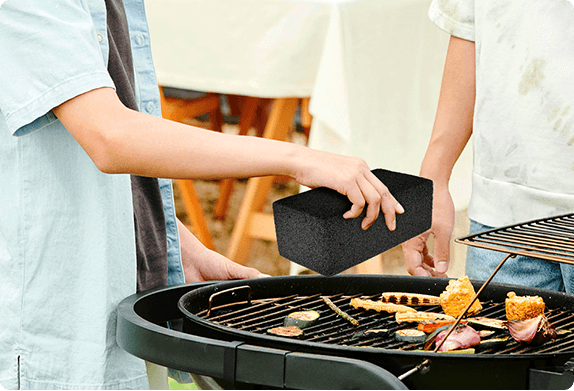Why It’s Important to Clean Your Pumice Stone
Pumice stones are invaluable tools in skincare routines, particularly for removing dead skin and calluses. However, their effectiveness can be compromised by the accumulation of dirt, oils, and dead skin cells. Therefore, understanding the importance of cleaning your pumice stone regularly is essential for maintaining both its functionality and your overall skin health.
Firstly, one of the primary reasons for cleaning your pumice stone is to prevent bacterial buildup. When dead skin cells and other debris are left on the stone’s porous surface, they create an ideal environment for bacteria to thrive. This can potentially lead to infections or other skin issues, particularly if you have any open cuts or abrasions. Regular cleaning minimizes this risk, ensuring that your skincare routine remains safe and hygienic.
Another key reason to keep your pumice stone clean is to prolong its lifespan. A clogged, dirty stone is less effective at exfoliating and can become unusable over time. By diligently rinsing and scrubbing the stone after each use, you help maintain its abrasive properties, ensuring it performs optimally for a longer period. This not only enhances your exfoliation efforts but also provides better value for your investment.
Furthermore, a clean pumice stone directly translates to better skincare results. When the stone is free from contamination, it can more effectively remove dead skin layers, promoting smoother and healthier skin. Consequently, this practice aligns with proper skincare standards and contributes to the overall safety of your routine. By committing to regular cleaning, you ensure that every exfoliation session delivers the best possible results.
In essence, the regular cleaning of your pumice stone should be seen as an integral part of your skincare regimen. It is a simple yet crucial step that upholds both the effectiveness of the stone and the health of your skin. By following recommended cleaning practices, you safeguard against bacterial contamination, enhance the stone’s durability, and ensure optimal exfoliation and skin safety.
Step-by-Step Guide to Cleaning Your Pumice Stone
Effective cleaning of your pumice stone starts with a simple but crucial first step: rinsing. Begin by holding your pumice stone under warm running water. This preliminary rinse serves to remove any loose debris clinging to the surface. Next, equip yourself with a small brush—an old toothbrush works perfectly—and a mild soap. Apply the soap directly onto the pumice stone and use the brush to scrub it thoroughly.
Special attention should be paid to scrubbing the crevices of the stone. These areas are prone to trapping dirt, dead skin cells, and oils. By cleaning every nook and cranny, you’ll ensure that your pumice stone maintains its exfoliating properties and remains hygienic. Once the scrubbing is complete, rinse the stone under warm water again to eliminate any soap residue.
For an even deeper clean, consider soaking your pumice stone in a solution of water and vinegar. Mix equal parts of water and white vinegar in a container and immerse the stone. Let it soak for about 15 to 20 minutes. This method helps to disinfect the stone and dissolve any remaining grime. Alternatively, you could boil the stone for a few minutes, which can also serve to disinfect and loosen embedded debris.
After cleaning, drying your pumice stone is an essential step that should not be overlooked. Pat the stone dry with a clean towel and then leave it to air dry completely. A well-ventilated area is ideal for this purpose. Ensuring the stone is entirely dry before storage is important to prevent bacterial growth, which can compromise the effectiveness and safety of the pumice stone. Store the dry pumice stone in a cool, dry place, preferably in a location where it won’t be exposed to moisture or dampness.
By meticulously following these steps, you can maintain the cleanliness and durability of your pumice stone, ensuring it remains a reliable tool for your personal care needs.



